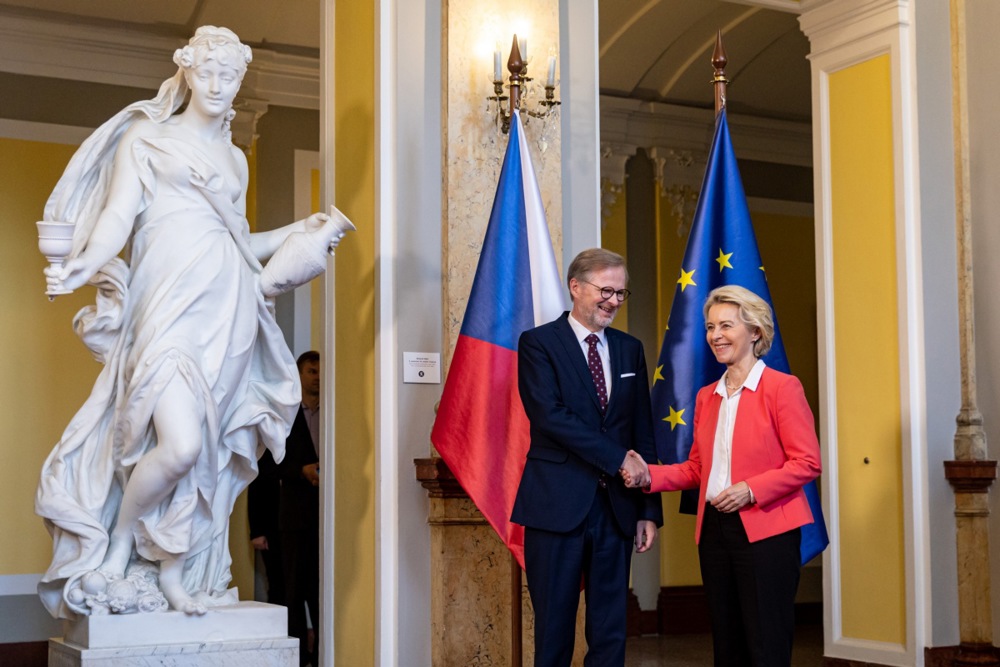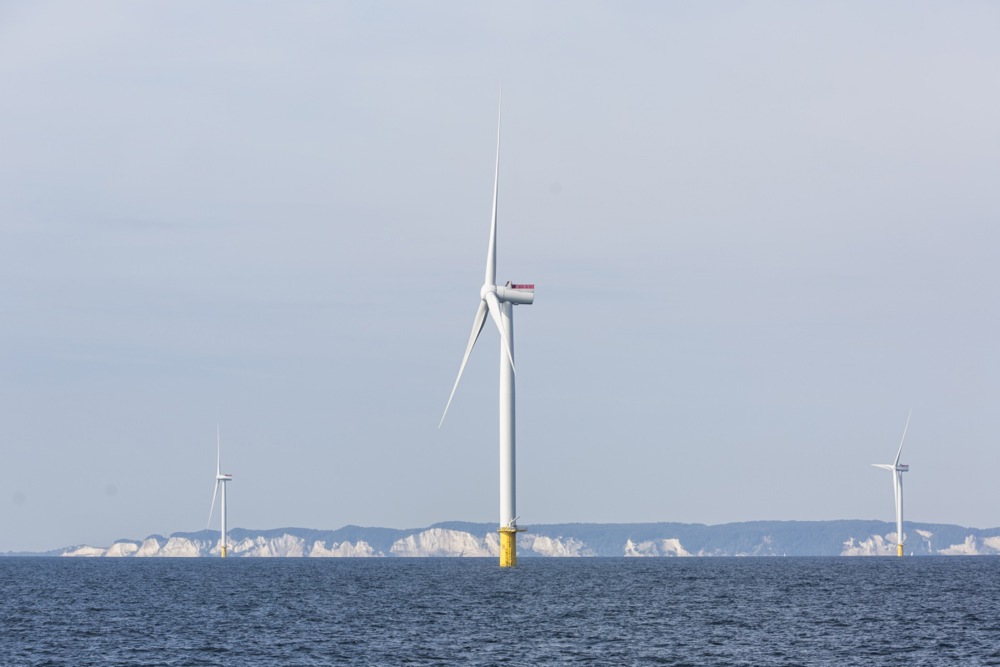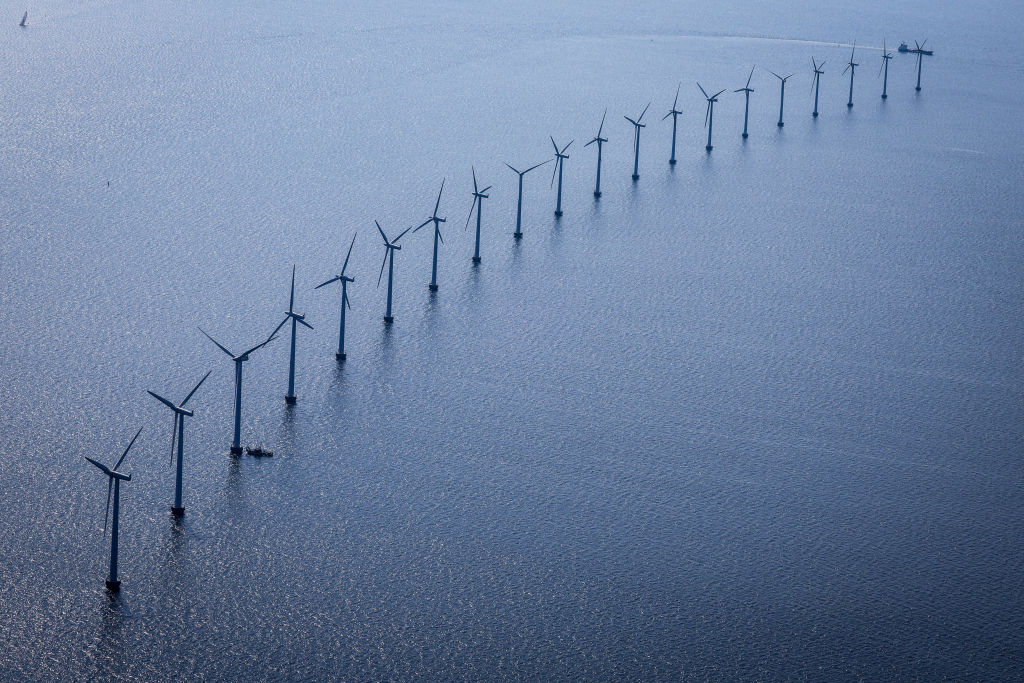Seventeen European Union Member States are not putting enough wind farms in place to reach the goals of the Paris Agreement, nature conservation organisation World Wide Fund for Nature (WWF) has claimed.
In a new report published ahead of the European Wind Power Package, WWF said Member States will have to “more than double their wind energy capacity [in GW] and triple their annual deployment”, from 16GW in 2022 to 44GW in 2030.
The EU determined in September that the proportion of energy from renewable sources among Member States should reach at least 42.5 per cent by 2030. In reality, most countries are not on track.
Arnaud Van Dooren, Climate and Energy Policy Officer at the WWF European Policy Office, said: “Member States’ ambitions for wind deployment are broadly in line with the new RED target – at least on paper.
“The question is whether they’ll be able to meet them. And indeed exceed them, because the EU’s 42.5 per cent target falls well short of what’s needed to limit climate heating to 1.5°C.”
Only 10 EU countries have wind farm plans that are compatible with the Paris Agreement, which aims for 50 per cent renewable energy by 2030. They are Austria, Belgium, Denmark, Germany, Ireland, Italy, Lithuania, the Netherlands, Portugal and Sweden. Four countries are said to be close to the stated objectives.
The latest, higher objectives of the EU require states to more than double their wind energy capacity by 2030. The WWF called that “a step in the right direction and an opportunity to create thousands of new jobs” but warned of the need for “holistic planning for nature and people” and to “minimise impacts on communities and nature”.
Concerns over the potential negative effects of building wind farms at sea have recently been voiced by the European Court of Auditors (ECA) in its report on offshore renewable energy.
In particular, the auditors pointed to the “potential environmental effects, including species displacement and changes in population structure, food availability or migratory patterns, to name but a few”.
“Unfortunately, reaching this new RED target will not be enough to stay in line with the Paris Agreement and limit global warming to under 1.5°C.”
The environmentalists at WWF said in a statement: “This is shown in the report by the Paris Agreement Compatible (PAC) energy scenario and Ember New Generation modelling – which are both in line with WWF’s recommendations of 50 per cent renewable energy by 2030.”
Sweden’s National Audit Office is highly critical of the Swedish Government and its “green” energy transition in its latest audit report. https://t.co/juH7lPwpBg
— Brussels Signal (@brusselssignal) September 21, 2023
The call for building more wind farms comes at a time when a perfect storm of supply-chain delays, design flaws and higher costs in the offshore wind industry has put dozens of projects at risk of not being delivered on time or at all.
So far this year, such planned developments off Britain, the Netherlands and Norway have been delayed or shelved due to rising costs and supply-chain constraints. Britain’s renewable energy auction in September failed to attract any bids from offshore wind developers, also because of higher industry costs.
Governments are finding attracting backers a struggle as subsidies for clean-tech operations are diminishing.
Earlier in the summer, Denmark’s global offshore wind-power leader Ørsted faced a setback when it had to write down €2.3 billion on planned US wind-farm projects.
For several years now, prominent wind-turbine manufacturers such as Siemens Gamesa and Vestas have been grappling with substantial losses. They have been compelled to rapidly introduce newer and larger models to the market but these investments have so far failed to yield suitable returns.





